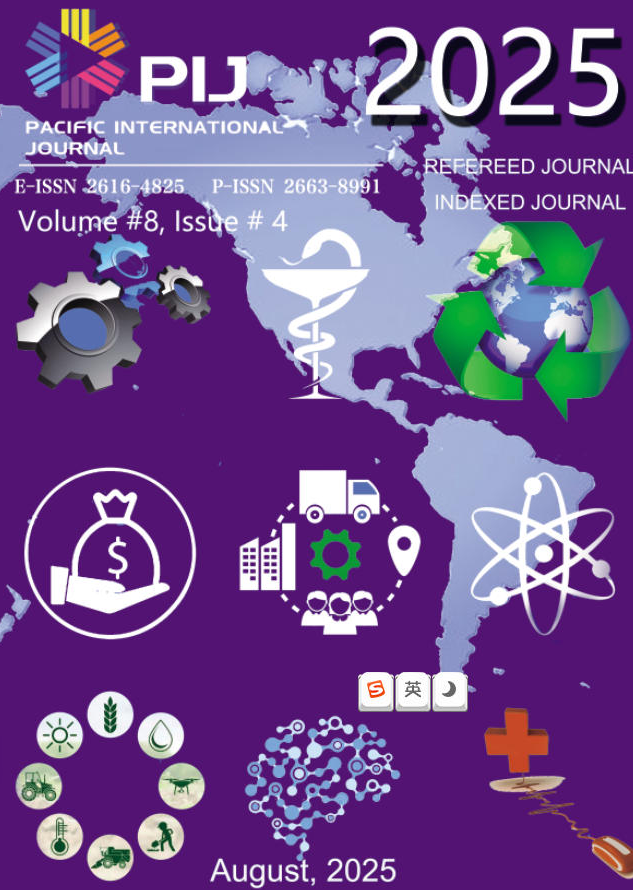Study on Digital Technology Empowering the Cultivation of English Teachers' Cross-Cultural Awareness in Primary School
DOI:
https://doi.org/10.55014/pij.v8i4.865Keywords:
English teachers, primary school, cross-cultural awareness, situated cognitionAbstract
Drawing on situated cognition theory and a multidimensional model of intercultural awareness, this study employs documentary analysis and strategic modeling to design a digital technology–enabled cultivation framework. The proposed dual-track mechanism integrates teacher capacity building with policy and hardware support. Teacher development strategies include immersive environmental scanning via mobile devices to enhance cultural sensitivity, tiered digital training from micro-lectures to VR simulations and collaborative innovation platforms, and human–machine collaborative transformation using embedded AI agents for real-time cultural risk detection and pedagogical adaptation. Policy and hardware measures involve targeted funding for AR/AI resources in rural schools, intercultural teaching design assessments, and home–school digital collaborations generating community-based AR cultural maps. This integrated approach redefines technology from a mere instructional tool to a cognitive extension and cultural mediator, enabling teachers to progress from cultural knowledge recipients to pedagogical designers and professional leaders. While the strategy demonstrates strong potential for transforming intercultural teaching, challenges remain in addressing rural connectivity constraints, deeper cultural nuance interpretation, and establishing sustainable motivation and longitudinal assessment mechanisms.
Downloads
Downloads
Published
How to Cite
Issue
Section
License
Copyright (c) 2025 Pacific International Journal

This work is licensed under a Creative Commons Attribution-NonCommercial-NoDerivatives 4.0 International License.





